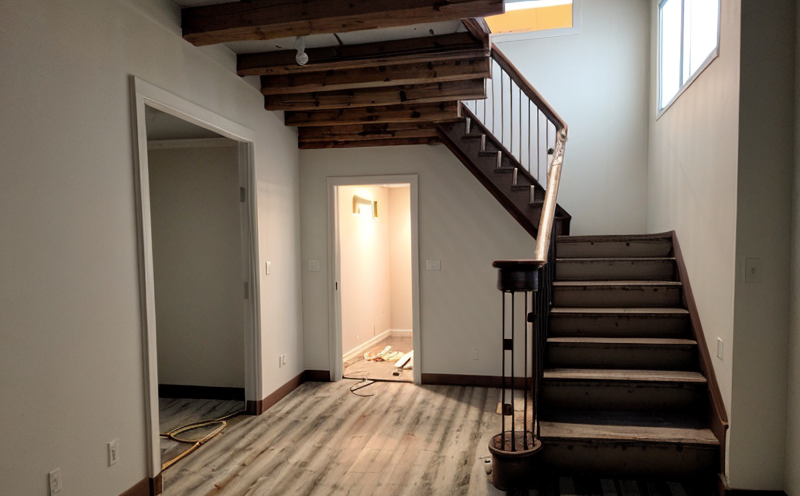Fire escape stairwell inspection
The fire escape stairwell is a critical component of any building's safety infrastructure. Proper inspection ensures that these vital pathways are in optimal working condition and comply with relevant regulations and standards, protecting occupants against potential hazards. In this section, we will delve into the importance of regular inspections for fire escape stairwells, highlighting why they are essential.
Fire escape stairwell inspections involve a comprehensive examination aimed at identifying any deficiencies or issues that could impede safe evacuation during an emergency situation. These inspections often include checking structural integrity, ensuring proper lighting, verifying clear pathways, and assessing the condition of safety equipment such as fire extinguishers and signage. Compliance with international standards like ISO 17892-1:2014 ensures that these inspections are conducted rigorously and consistently.
Regular inspections not only enhance occupant safety but also help organizations avoid costly fines or legal repercussions associated with non-compliance. By adhering to best practices, businesses can ensure they meet regulatory requirements and safeguard their reputation as responsible stewards of public welfare.
Scope and Methodology
The scope of fire escape stairwell inspection encompasses several key areas:
| Aspect | Description |
|---|---|
| Structural Integrity | Evaluating the condition of the stairs, handrails, and landings. |
| Lighting | Ensuring adequate illumination levels throughout the stairwell. |
| Clear Pathway | Checking for obstructions that could hinder safe evacuation. |
| Safety Equipment | Verifying the presence and proper functioning of fire extinguishers, emergency lights, etc. |
The methodology employed during inspections typically involves:
- Visual inspection of all components using appropriate tools.
- Testing equipment such as fire alarms and sprinklers.
- Reviewing maintenance logs to assess past repair activities.
- Evaluating compliance with local building codes and standards.
This structured approach ensures thoroughness and accuracy in identifying any areas requiring attention or immediate repairs.
Benefits
The benefits of regular fire escape stairwell inspections are substantial:
- Increased Safety: Identifying potential hazards early helps prevent accidents and injuries during emergencies.
- Compliance Assurance: Ensuring adherence to relevant regulations minimizes legal risks for businesses.
- Enhanced Reputation: Demonstrating commitment to safety can improve stakeholder trust.
- Economic Savings: Addressing issues before they escalate reduces long-term costs associated with major repairs or replacements.
A well-executed inspection program contributes significantly towards maintaining a safe working environment, fostering confidence among employees and visitors alike.
International Acceptance and Recognition
- ISO 17892-1:2014: This standard provides guidelines for the design, construction, installation, and maintenance of fire escape routes. It emphasizes the importance of regular inspections to ensure ongoing safety.
- EN 356: Specific European Union directive addressing firefighting equipment that may be found within stairwells.
- ASTM E1827-10: American Society for Testing and Materials standard covering the assessment of fire protection systems, including those in stairwells.
Adherence to these standards demonstrates a commitment to excellence, ensuring that inspections are conducted according to recognized best practices globally. Organizations embracing such benchmarks can enjoy increased credibility and better outcomes from their safety initiatives.





